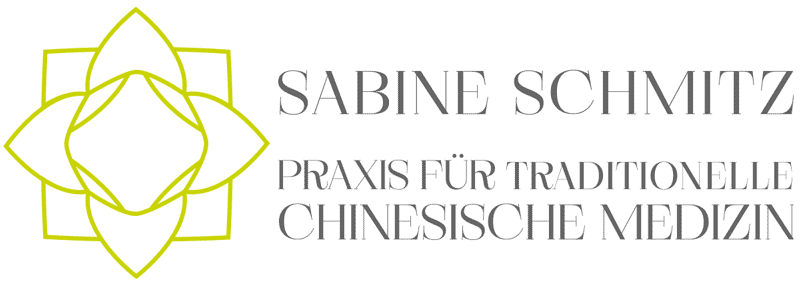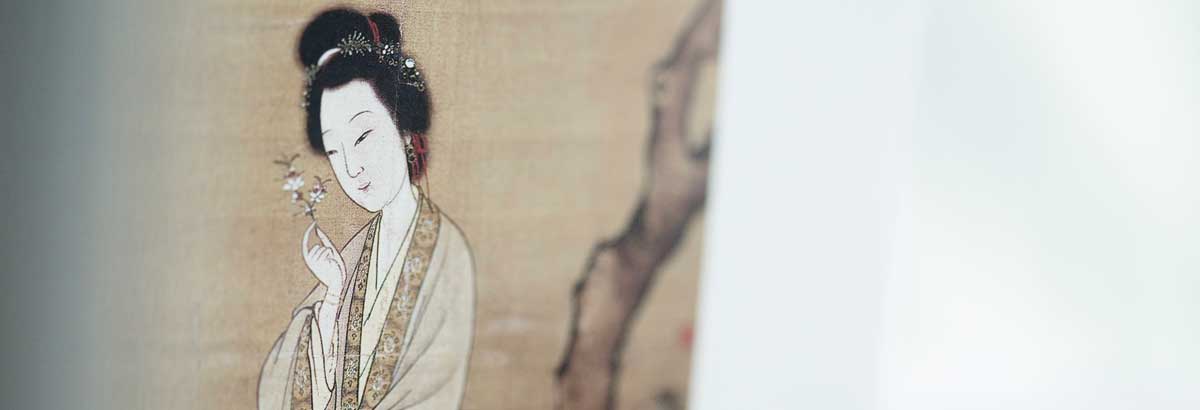The history of Chinese Dermatology
In Traditional Chinese Medicine (TCM), the effects of Chinese herbs and acupuncture have been known for a long time and their effects have been recorded in detail. Detailed descriptions of the treatment of various skin diseases were documented thousands of years ago. Clinical histories and notes from scholars offer a depth of experience we still use today. But time does not stand still. Chinese Dermatology has been further developed and refined over the centuries. It also incorporates the latest scientific findings to explain the mechanisms and actions of TCM in a modern way. Thus, today we can speak about a completely independent and sophisticated specialty, which is very effectively used in the treatment of common and more difficult skin diseases.
The diagnosis in Chinese Dermatology
Diagnosis in TCM is fundamentally different from conventional medicine. Skin diseases are considered in the context of the entire body and its functions. Thus, besides the actual skin disease, factors such as emotions, diet, lifestyle and environment are part of the Chinese diagnosis. By taking the pulse and tongue diagnosis into consideration, the practioner collects information on how the body works in its entirety. Chinese Dermatology does not only work on a superficial level, it treats profound processes that your body’s surface reflects – your skin.
The focus in Chinese Dermatology always lies on the lesion(s), a crucial difference to conventional medicine. The diagnosis of skin diseases according to TCM includes the particular examination of the lesion (duration, location and appearance), the provoking or relieving factors and all associated symptoms such as itching, bleeding, or discharge.
Treatment in Chinese Medicine
Once the diagnosis has been established, an individual treatment plan is created. Treatment with TCM is usually a combination of Acupuncture and Chinese Herbs. External use, such as washings or creams, and nutritional advice are further options.




